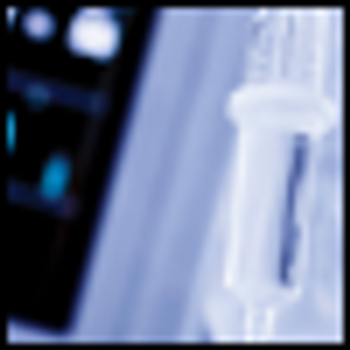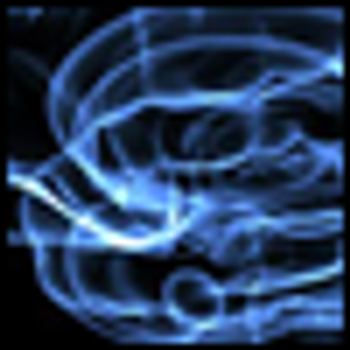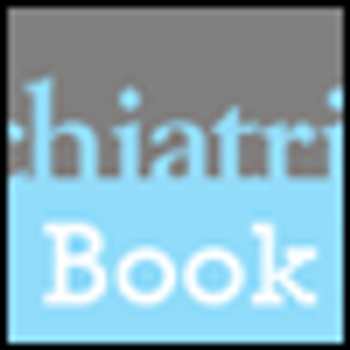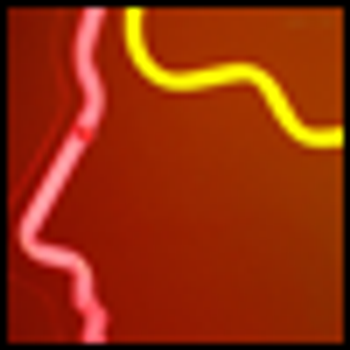
In addition to having an excellent safety profile, ECT is widely acknowledged to be the most effective acute antidepressant treatment.

In addition to having an excellent safety profile, ECT is widely acknowledged to be the most effective acute antidepressant treatment.

For patients with treatment-resistant depression-especially geriatric patients-ECT is a viable treatment option . . . one that should no longer be relegated to the option of last resort.

Here we discuss how advancements in anesthesia techniques and ECT procedures make ECT more comfortable and tolerable for patients.

Simple, standardized protocols ensure that ECT can be provided safely and comfortably in many facilities, with consistent anti-depressant results and a favorable adverse-effect profile.

A balanced review of the safety and efficacy of ECT is needed, which does not mean weighing anecdotal reports of memory loss equally with systematically collected clinical data.

ECT is making something of a comeback because it remains a paragon of efficacy amidst other relatively disappointing treatments.

There is wide agreement that memory loss associated with ECT is short-term, usually temporary, and rarely has a major impact, “although it shouldn’t be taken lightly,” according to Ross.

ECT, like abortion, is surrounded by controversy and strong opinions on both sides. Fortunately, for those of us who practice ECT, the discussion is not quite as heated nor the risks as high as for our colleagues in ob-gyn.

FDA regulators are deciding whether to downgrade the risk classification of ECT from high to medium risk. In 1990, FDA regulators proposed declaring ECT devices safe for major depression but because of an uproar by ECT opponents, a final decision was never made.

Dr Stone's vivid description of the military's abusive use of ECT 50 years ago -- while compelling to read from an historical perspective -- should in no way be confused with ECT today.

During my residency training at Harvard’s McLean Hospital from 1956-1959, the treatment of choice for all of our patients was intensive psychodynamic psychotherapy.


Despite these divergent books, it is important to avoid characterizing ECT as controversial. The Shorter-Healy and Dukakis books should dampen the controversy, because they characterize ECT as a safe, effective, and important treatment that psychiatry almost forgot. With its emotion-laden accusations and name-calling, the Andre book will inflame opinions.

The overall effectiveness of electroconvulsive therapy (ECT) is well known, but its speed of action is much less talked about. Here I review what is known about the time course of action of ECT in depression.

Electroconvulsive therapy (ECT) devices are undergoing FDA scrutiny and could become subject to new requirements and restrictions that affect their use by psychiatrists. The FDA is considering whether to keep ECT devices in their current Class III category or drop them to Class II.

Results of a large study funded by the National Institute of Mental Health showed that electroconvulsive therapy (ECT) might be equally effective in both patients with unipolar depression and those with bipolar depression. The study, led by Samuel H. Bailine, MD, assistant professor in the department of psychiatry and behavioral sciences at Zucker Hillside Hospital, Glen Oaks, NY, showed that the remission rate in both patient groups was higher than 60%.

This book is well-written and concise. It provides an overview of ECT that is evidence-based yet understandable by the average person. The author effectively uses clinical anecdotes to provide a “face” for the science. The book is organized in a user-friendly way.

While ECT remains a remarkably safe and effective treatment for severe depression, its broad application has been hampered by concerns-both perceived and real-about its cognitive effects.5 Worries about memory loss make some patients reluctant to undergo this therapy and some practitioners reluctant to refer patients for it. Within the field of ECT itself, there has been tension for some years between the wish to maximize (the already excellent) antidepressant and antipsychotic efficacy of ECT and the competing wish to minimize any effects on memory.

Here I will discuss several examples of recent, reasonable depictions of ECT in the media, and I will suggest how they could represent a shift in the way that this “controversial” therapy is regarded. I use the word “controversial” advisedly, because even on the day I write this, a newspaper article on deep-brain stimulation, in which ECT is described, reads: “New reports this month show that some worst-case patients-whose depression wasn’t relieved by medication, psychotherapy, or even controversial shock treatment-are finding lasting relief.

Prognostication is a major part of what physicians do in many fields of medicine, and it is particularly relevant when a treatment or procedure is controversial or anxiety-provoking. Being able to accurately tell a prospective ECT patient how likely he or she is to respond would be helpful.

Early relapse is a limiting defect in electroconvulsive therapy (ECT). Although more than 80% of patients with a severe depressive illness who complete an acute course of ECT are relieved within three weeks, up to 60% relapse within six months, despite continuation treatments with antidepressant medications.1,2 In a large, government-supported, collaborative study led by the Columbia University Consortium (CUC), patients with unipolar major depression that had failed to respond to multiple trials of medications were treated with ECT to clinical remission and then randomly assigned to one of three continuation treatments--placebo, nortriptyline (Aventyl, Pamelor) alone, or the combination of nortriptyline and lithium (Eskalith, Lithobid). The patients were monitored for adequacy of blood levels.1 Within the six-month follow-up period, 84% of patients treated with placebo, 60% of patients treated with nortriptyline, and 39% of patients treated with the combination medications had relapsed.

Surveys of ECT use in the United Statesshow disparate applications, with theprincipal use in academic medical centers.While more than half the treatmentsare given to outpatients, wholepopulations are underserved.

It may come as a surprise, especially given its low repute in the popular mind since the 1980s, but electroconvulsive therapy (ECT) is making a comeback, both as a recommended treatment for depression and in public awareness.

Complaints of persistent memory loss in otherwise well-functioning individuals after recovery from a psychiatric illness through electroconvulsive therapy (ECT) are best viewed as a conversion reaction or a somatoform disorder. The Camelford experience is a model for the complaints of ECT's profound personal memory losses.

Physicians who use electroconvulsivetherapy (ECT) need tobe vigilant for unstable medicalconditions before and during the courseof treatment. This brief review is intendedto highlight some basic principlesand specific concerns that maybe encountered in the use of ECT inpatients who have comorbid medicalillness.